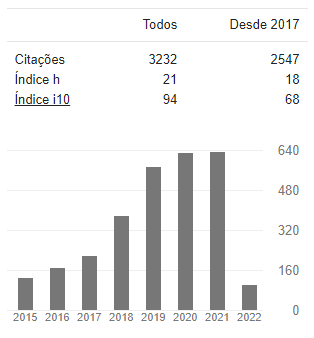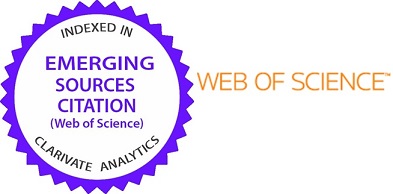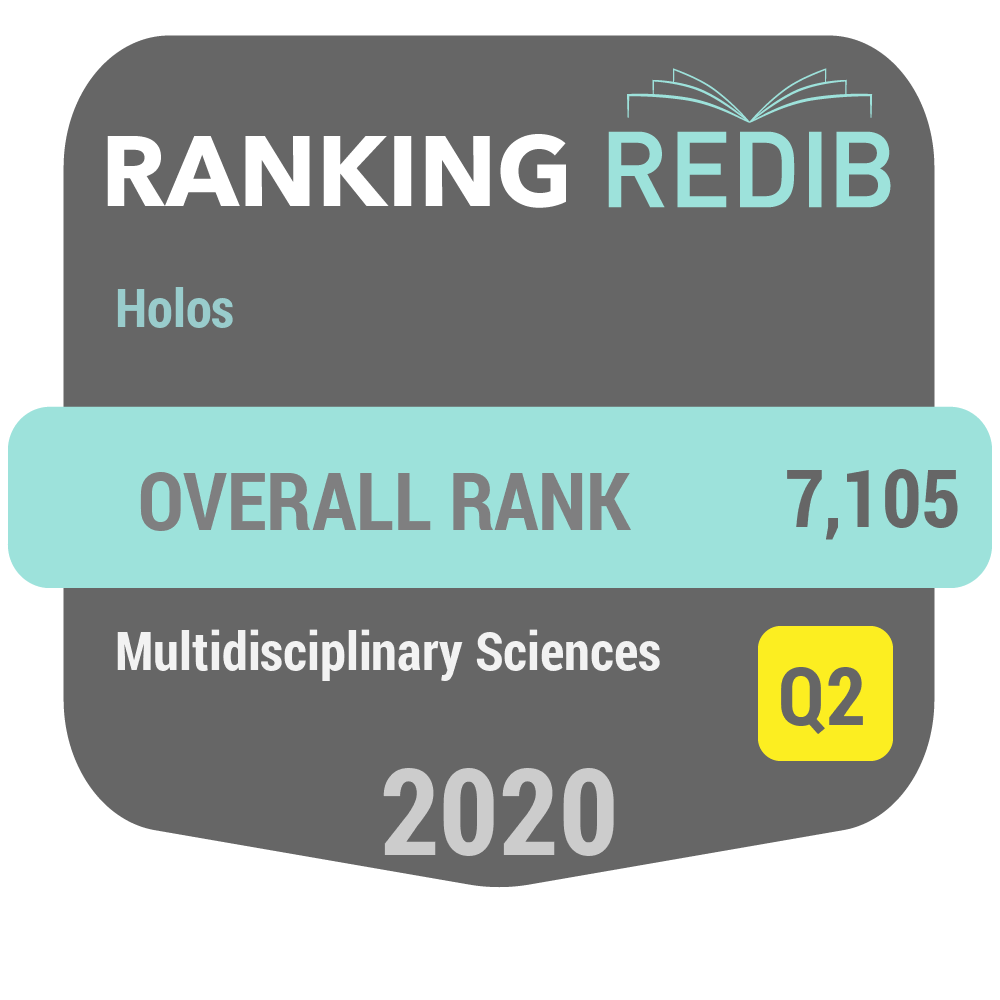DEVELOPMENT OF A HYDRODYNAMIC MODEL OF A HYDROCYCLONE INCLUDING THE SIMULATION OF AIR-CORE EFFECT, USING THE FINITE VOLUME METHOD
DOI:
https://doi.org/10.15628/holos.2014.1824Resumo
The hydrocyclone is one of the most used classification equipment in industry, particularly in mineral processing. Maybe its main characteristic is to be a hydrodynamic separation equipment, whereby it has a high production capability and different levels of efficiency are depending on the geometrical configuration, operational parameters and the type of material to be processed. Nevertheless, there are a few successful studies regarding the modelling and simulation of its hydrodynamic principles, because the flow behavior inside is quite complex. Most of the current models are empirical and they are not applicable to all cases and types of minerals. One of the most important problems to be solved, besides the cut size and the effect of the physical properties of the particles, is the distribution of the flow inside the hydrocyclone, because if the work of the equipment is at low slurry densities, very clear for small hydrocyclones, its mechanic behavior is a consequence of the kind of liquid used as continuous phase, being water the most common liquid. This work shows the modelling and simulation of the hydrodynamic behavior of a suspension inside a hydrocyclone, including the air core effect, through the use of finite differences method. For the developing of the model, the Reynolds Stress Model (RSM) for the evaluation of turbulence, and the Volume of Fluid (VOF) to study the interaction between water and air were used. Finally, the model shows to be significant for experimental data, and for different conditions of an industrial plant.Downloads
Referências
RAMA, Y., MURTHY, K. UDAYA BHASKAR. Parametric CFD studies on hydrocyclone. Powder Technology, Volume 230 pg. 36-47, 2012.
BOUSO, J. L. Hitos historicos en el desarrollo de la clasificación. IX Simposium sobre Procesamiento de Minerales, Puyehue, Chile, 2001.
BAHAMON, D., ALZATE, H., & QUINTANA, G. Simulación del patrón de flujo en fase simple para diferentes diseños de separadores cónicos. Universidad Pontificia Bolivariana, Editorial UPB, 2009.
KARIMI, M. G. AKDOGAN, DELLIMORE, K. H., & BRADSHAW, S.M. Quantification of numerical uncertainy in computational fluid dinamics modeling of hydrocyclones. Ninth International Conference on CFD in the Minerals and Process Industries, CSIRO, Melbourne, Australia, 2011.
WU CHEN, ZYDEK, N., & PARMA, F. Evaluation of hydrocyclone models for practical applications. Chemical Engineering Journal, Volume 80, Issues 1–3, 1 pg. 295–303, 2000.
WANG, B., YU, A., B. Numerical study of particle–fluid flow in hydrocyclones with different body dimensions. Minerals Engineering, Volume 19, Issue 10, pg. 1022–1033, 2006.
WANG LI- YANG, ZHENG ZHI-CHU, WU YING-XIANG, GUO JUN, ZHANG JUN & TANG CHI. Numerical and experimental study on liquid-solid flow in a hydrocyclone. Journal of Hydrodynamics, Ser. B, Volume 21, Issue 3, pg. 408-418, 2008.
DELGADILLO, J.A. & RAJAMANI, R. Exploration of hydrocyclone designs using computational fluid dynamics. International Journal of Mineral Processing, Volume 84, Issues 1–4, 19, pg 252–261, 2006
SANZ, A., ACOSTA A. Simulación CFD de Tipo Euleriana-Euleriana de dos fluidos de un lecho fluidizado bidimensional con incorparaciones de los efectos. Universidad Carlos III de Madrid. Departamento de Ingeniería Térmica y de Fluidos. Plenum, 2010.
NOWAKOWSKI, A. F., CULLVAN, J.C., WILLIAMS, R.A., & DIAKOWSKY, T. Application of CFD to modelling of the flow in hydrocyclones. Is this a realizable option or still a research challenge?. Minerals Engineering, Volume 17, Issue 5, pg 661–669, 2004.
BHASKAR, K. U., MURTHY, Y., RAJU M., TIWARI, S., SRIVASTAVA J. K., & RAMAKRISHNAN, N. CFD Simulation and experimental validation studies on hydrocyclones. Minerals Engineering, Volume 20, Issue 1, pg 60–71, 2006.
PATANKAR, S. Numerical heat transfer and fluid flow. Computational and Physical Processes in Mechanics and Thermal Sciences Taylor & Francis. P. 197, 1980.









































